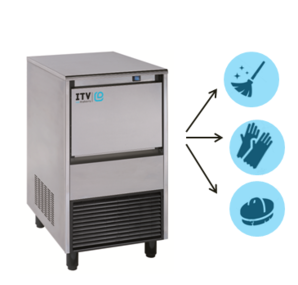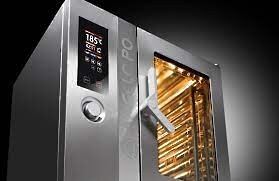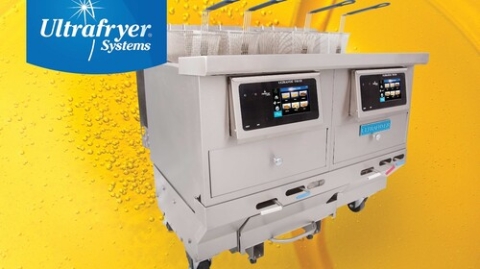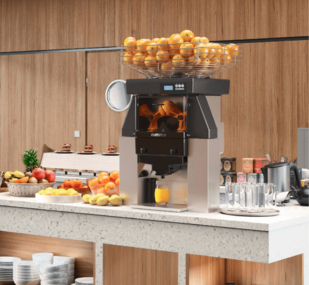Commercial Kitchen Energy Consumption - A Quick Breakdown
Jun 03, 2022 Kitchen Equipment
Energy Costs of Commercial Kitchens
Unfortunately, the cost of owning and operating a commerical kitchen is continuing to rise. Not only are food prices increasing at a steady pace, but the cost of energy continues to rise which adds an additional financial burden on restaurateurs and grocers alike. In fact, out of all the building types in Canada, commercial kitchens are some of the largest consumers of energy.
According to the ENERGY STAR® Guide for Commercial Kitchens, "commercial kitchens use about 2.5 times more energy per square metre than other commercial spaces." Consider the wide range of equipment that is used to cook and prepare foods, store them in ideal conditions, as well as the general equipment that is used to create an enjoyable and comfortable environment for staff and guests. This is large financial burden on the foodservice industry, that only continues to increase as energy prices continue to rise.
On the other hand, the ability to reduce energy consumption is also an enormous opportunity for restaurants and Canadian foodservice operations. By investing in energy efficient equipment, restaurateurs and represents the chance to improve profitability by lowering overhead costs. And the more energy costs, the more opportunity saving energy presents in terms of cash.
According to Energy Star, there are five areas where foodservice operators and commercial kitchens use the most energy. Of these five different areas, food preparation consumes the largest quantity of energy - which also presents the opportunity to save the most on energy consumption and costs.
For example, high volume frying operations can save on gas bills by using high efficiency, zero recovery gas fryers from Ultrafryer, which are Energy Star certified. Or, grocers and other foodservice operators that use commercial rotisserie ovens can reduce water consumption by installing Fri-Jado Auto-Clean Rotisseries which use substantially less water than other comparatives on the market.
Regardless of the type of commercial kitchen, there is an opportunity to immediately reduce energy consumption and energy costs by investing in equipment that is energy efficient. And with the cost of owning and operating commercial kitchens increasing, reducing energy costs could reduce the financial burden that is currently being experienced across Canada.
At the end of the day, your commercial kitchen should be focusing on producing product that in enjoyable and profitable! Not focused on the operating costs of the equipment that is so crucial to the operation!
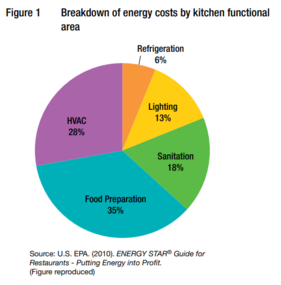
Energy Efficient Equipment At A Glance
Below is a short breakdown on how GBS Foodservice Equipment can assist with energy efficient equipment and can reduce your overall overhead costs.
Commercial Ovens:
Angelo Po COMBISTAR Energy Star Certified Models guarantee the highest overall efficiency with the lowest water usage. Combi ovens that have earned the ENERGY STAR are about 20 percent more energy efficient than standard models.
Commercial Griddles:
The Accutemp Accu-Steam griddle is ENERGY STAR qualified and is 10 percent more efficient than standard models
Commercial Fryers:
Ultrafryer is known to have raised the efficiency bar for the industry with cooking energy efficiency exceeding 60 percent for their complete line of gas fired units
Commercial Steam Cookers:
The Accutemp Evolution Steamer is ENERGY STAR qualified and is up to 50 percent more energy-efficient than standard models and offer shorter cook times, higher production rates and reduced heat loss

